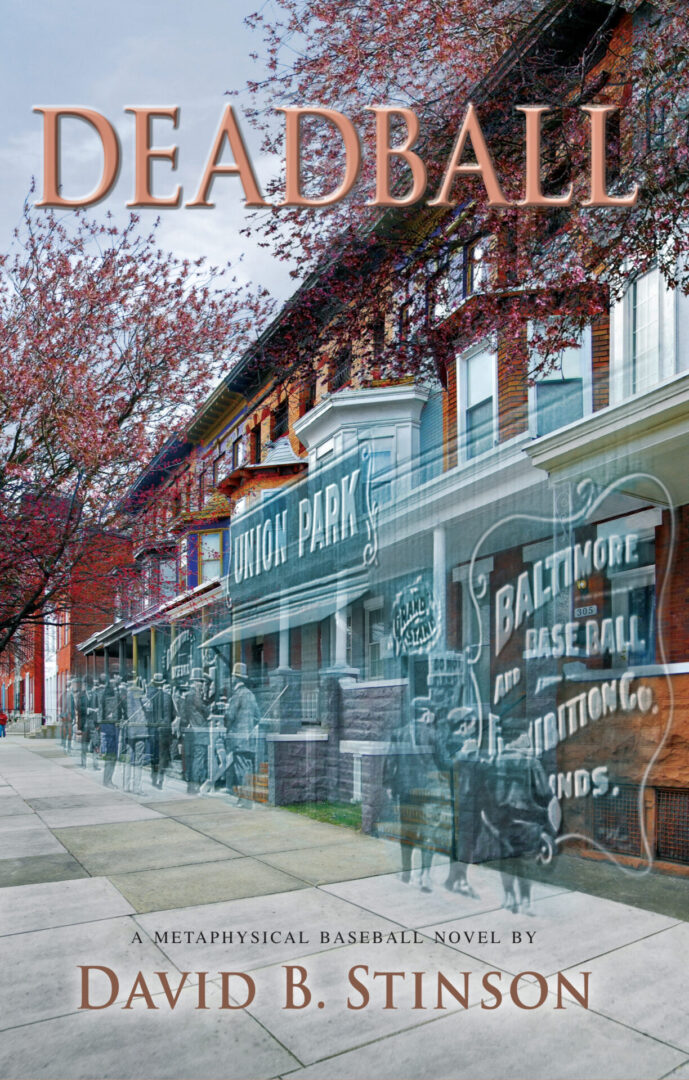Hershel Greer Stadium, home of the Nashville Sounds, currently is located at 534 Chestnut Street, in Nashville, Tennessee, just two miles south of downtown Nashville.
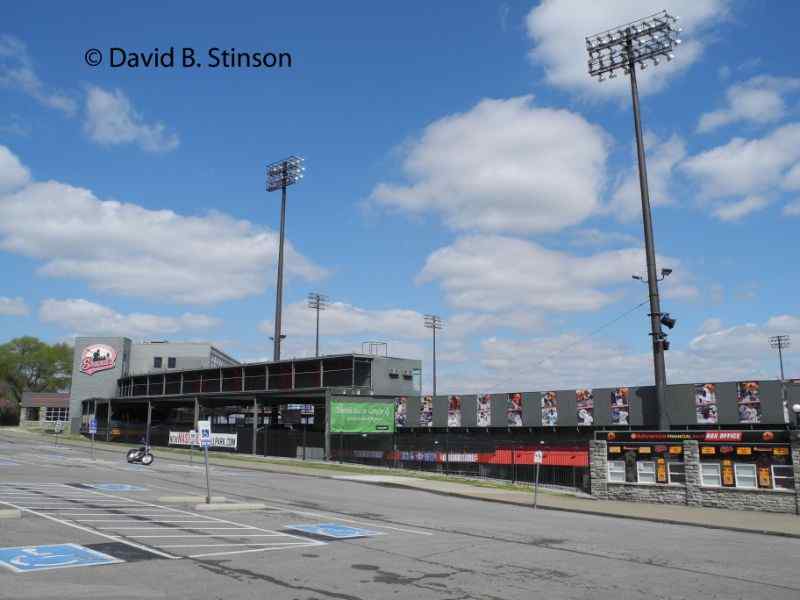
Greer Stadium was constructed by the City of Nashville in 1978 on land that was once part of Fort Negley, a Civil War fortification once occupied by Union Troops. Fort Negley holds the distinction of being largest civil war fortification created during the war, but not built near water.
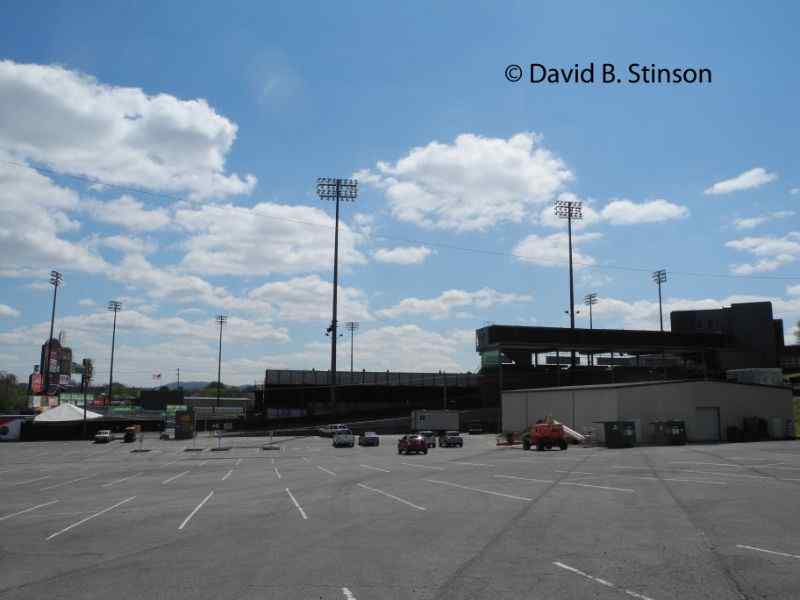
The area around Greer Stadium and Fort Negley, located just southeast of the intersection of I-40 and I-65, is largely industrial. The result being that neighborhood does not offer baseball fans much to do before or after games other than come and go.
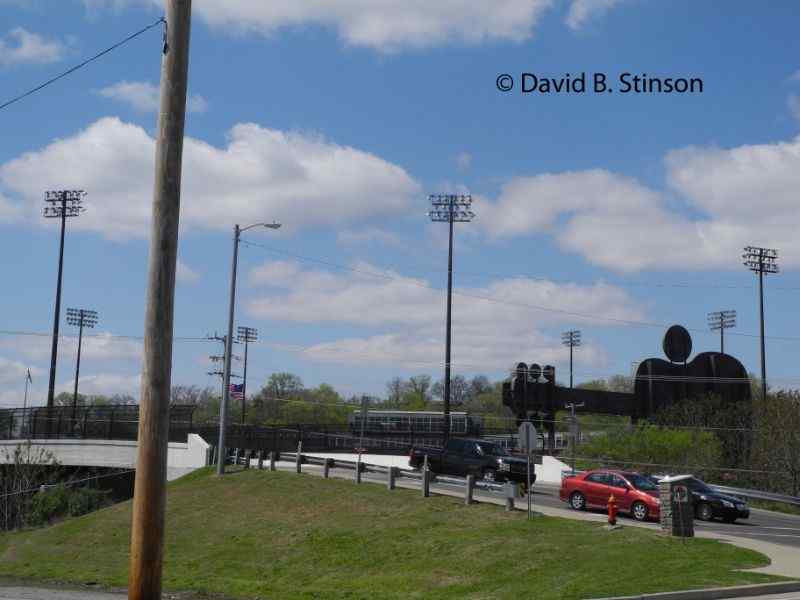
Stone columns at the entrance to right field are designed to mimic the stone fence surrounding what is left of Fort Negley.
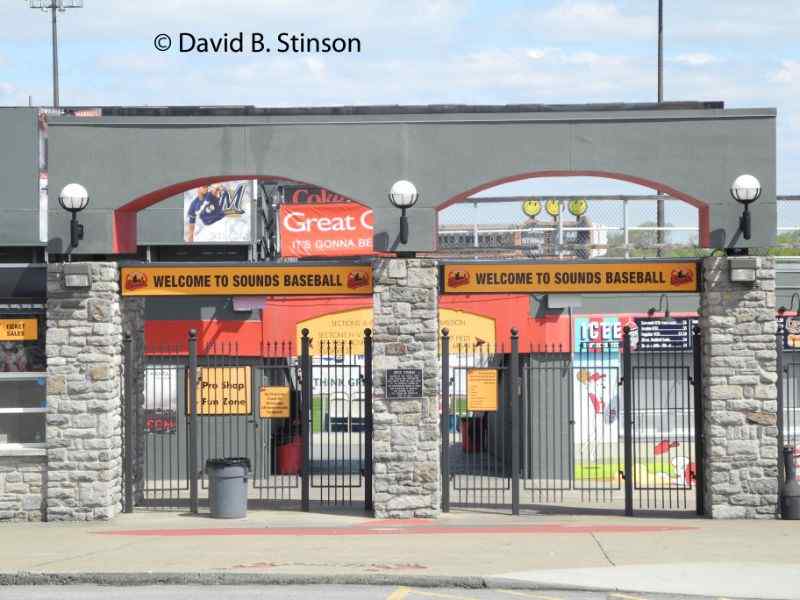
Greer Stadium Entrance Gate Near Right Field
A plaque at the entrance honors the opening of Greer Stadium in 1978.
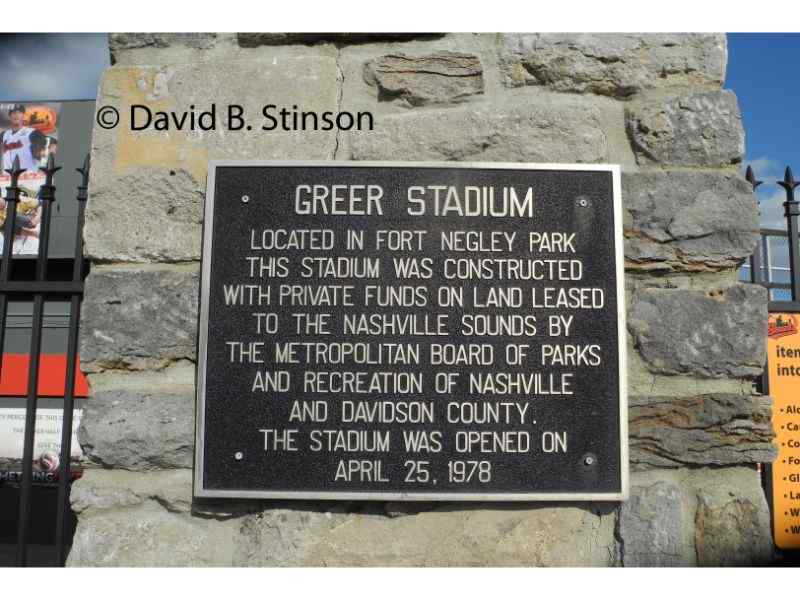
The ballpark’s overall design is markedly old-school, somewhat reminiscent of Milwaukee’s County Stadium.
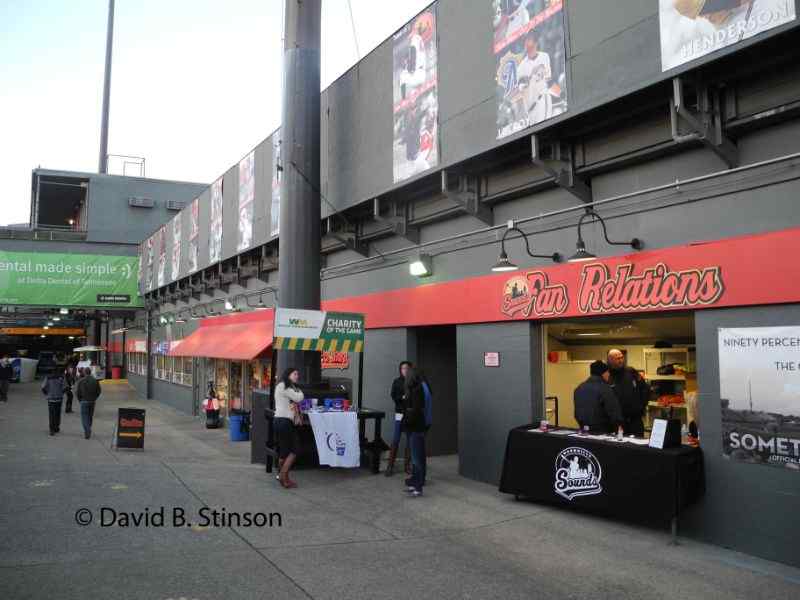
Much of the ballpark exterior is painted Army grey, perhaps also a nod to the site’s former use as a Fort.
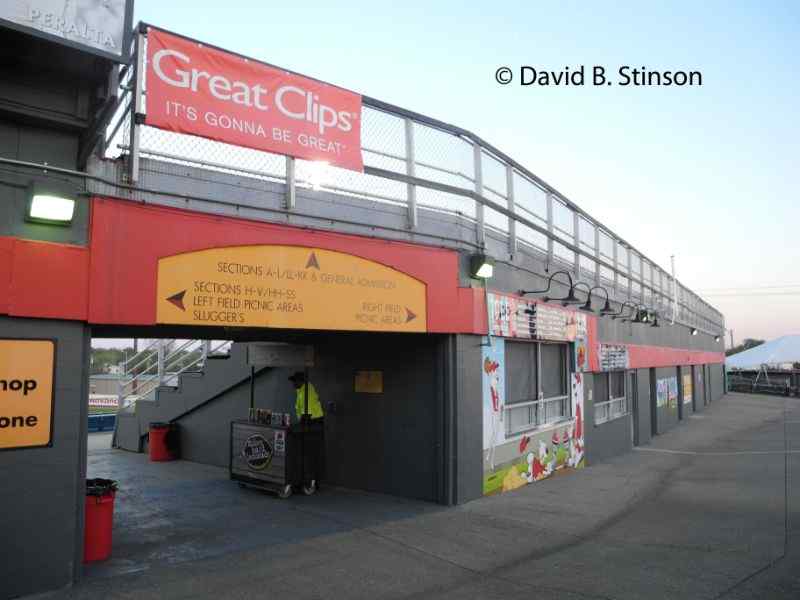
Greer Stadium’s covered concourse runs behind behind a portion of the first and third base stands.
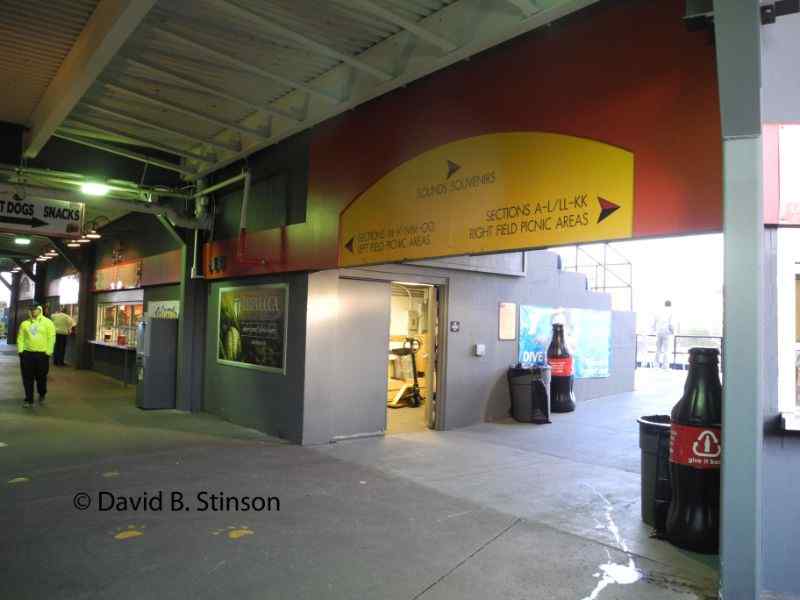
The extended concourses behind the bleachers located along the first and third base foul lines near left field and right field are uncovered.
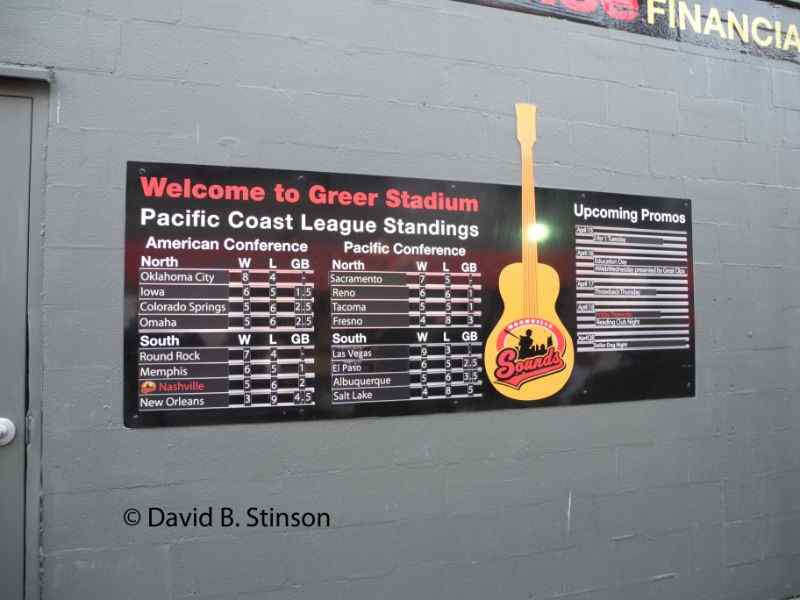
The view from home plate looking out toward center field faces southeast. Although the area is largely industrial, the view is almost pastoral, as all that is visible is a line of trees.
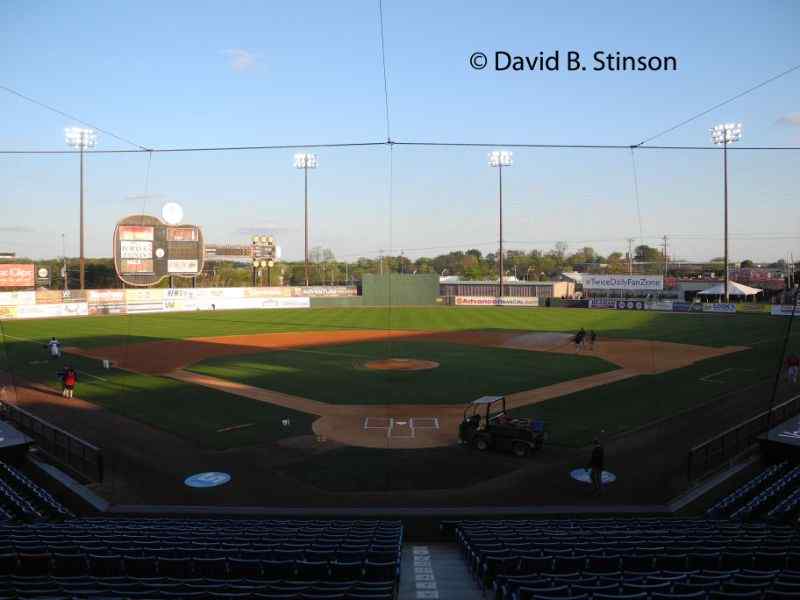
The view looking toward right field is downright bucolic, with the hills of Radnor Lake south of Nashville visible in the distance.
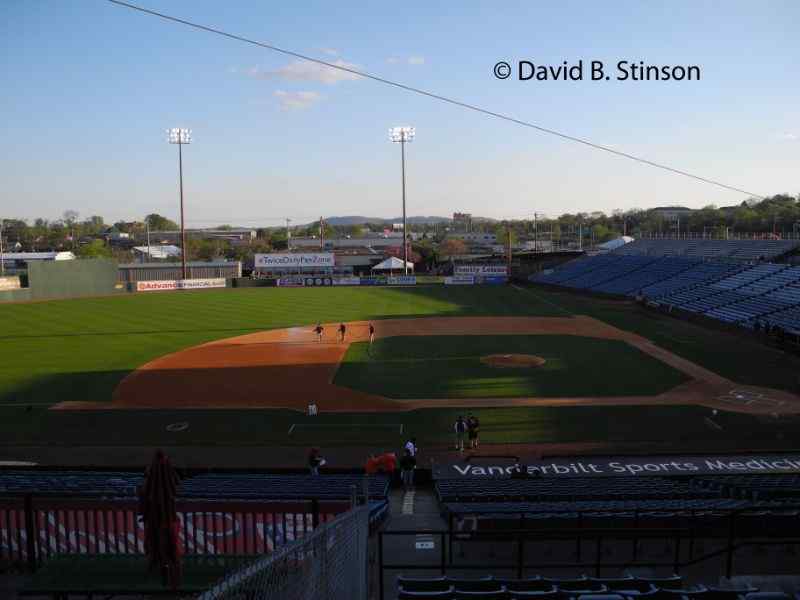
Without question, the most distinctive and recognizable part of Greer stadium is the guitar-shaped scoreboard that sits out beyond the left field fence.
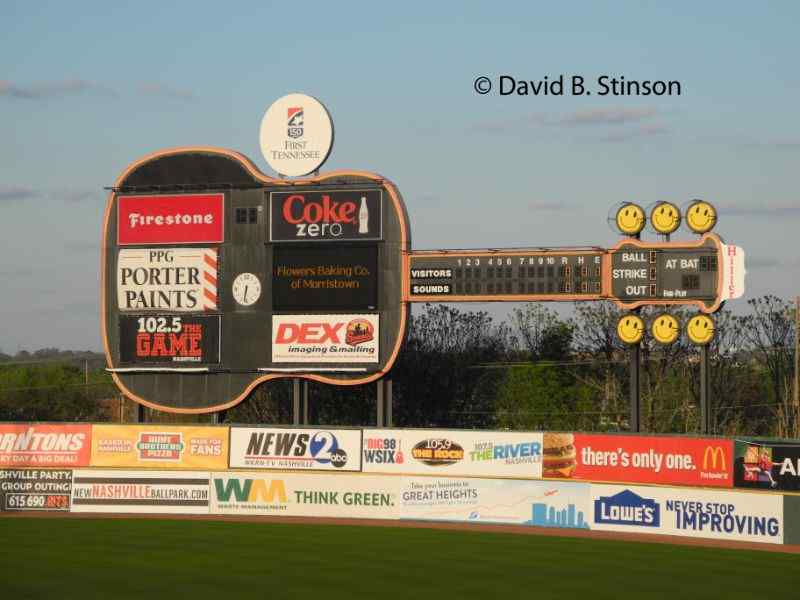
The ballpark’s seating bowl is composed mainly of plastic blue seats that ring the playing field down the first and third base fould lines.
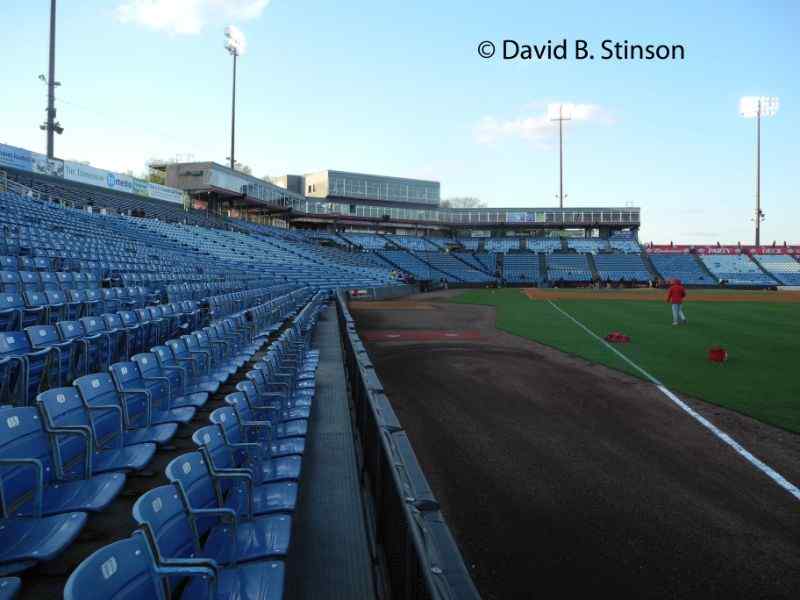
The visiting team dugout is located along first base.
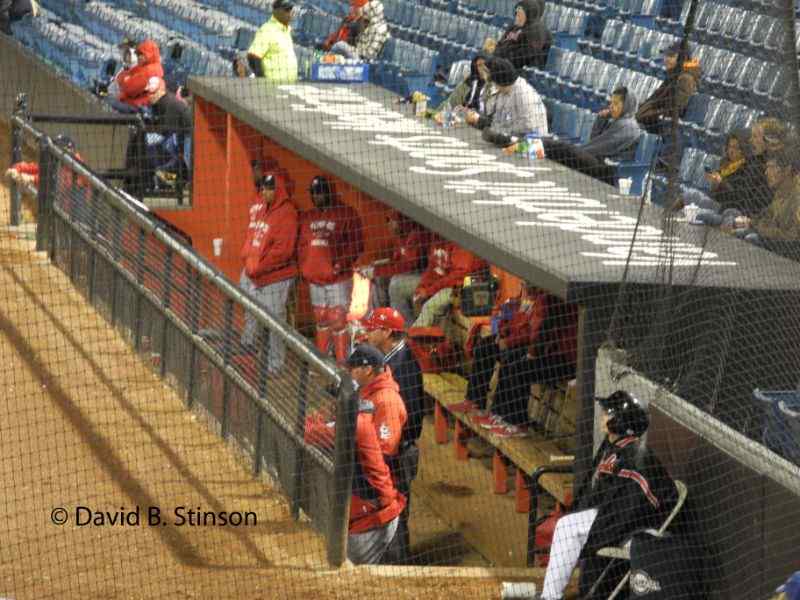
The Nashville Sounds have been the primary tenant of Greer Stadium throughout its existence. From 1978 through 1984 the Sounds were members of the Double A Southern League. Beginning in 1985, they began play in the Triple-A Pacific Coast League. In 1993 and 1994 Greer Stadium also served as the home field for the Nashville Express of the Double-A Southern League and a Minnesota Twins affiliate.
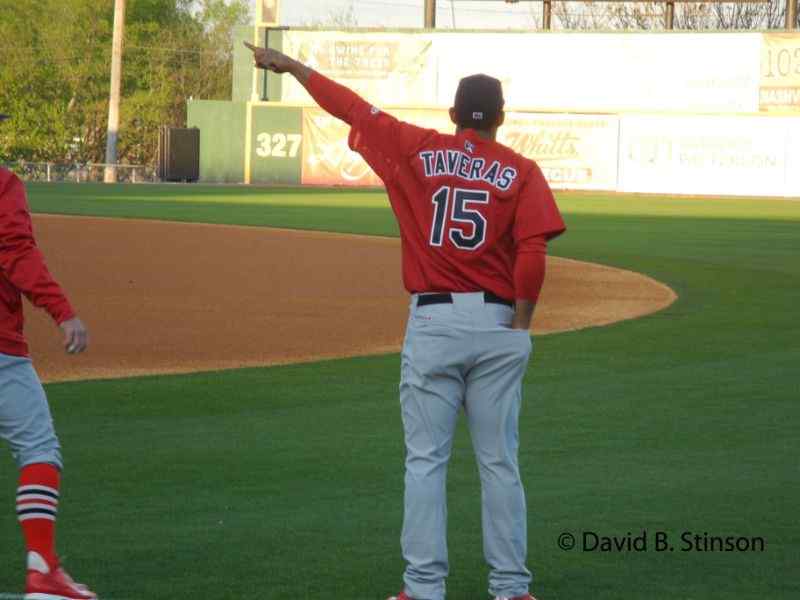
When Greer Stadium opened in 1978, the Sounds were an affiliate of the Cincinnati Reds. In 1980, the Sounds became an affiliate of the New York Yankees, through the 1984 season.
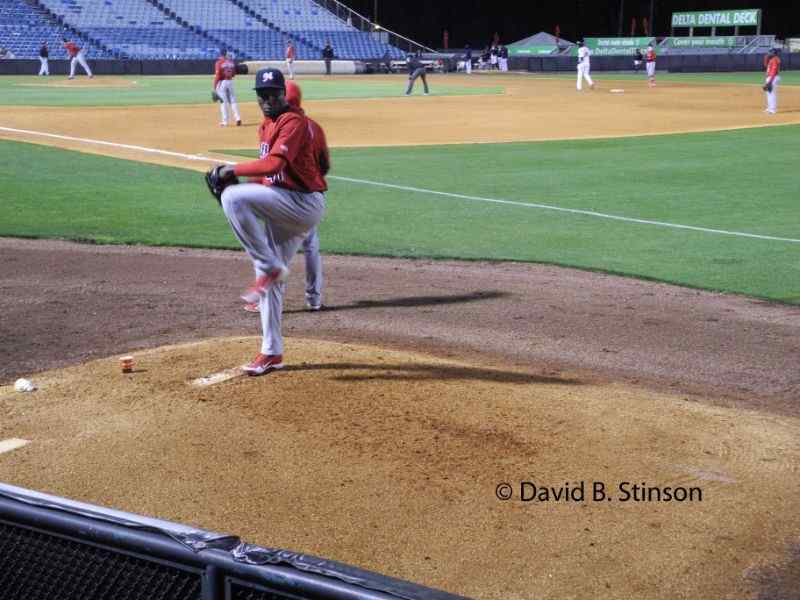
The Sounds affiliation with MLB continued to change over the years. The Detroit Tigers (1985-1986), the Cincinnati Reds a second time (1987 – 1992), the Chicago White Sox (1993-1997), and the Pittsburgh Pirates (1998-2004) were all at one time affiliated with the Sounds.
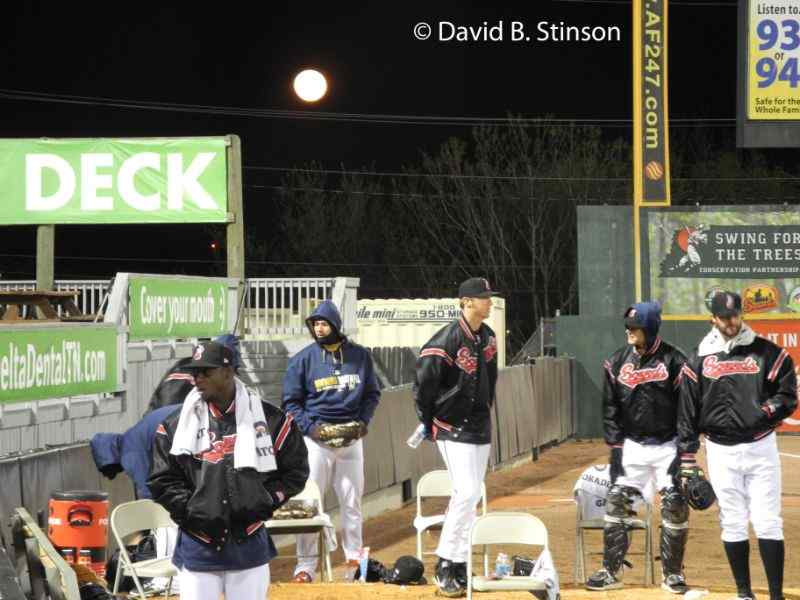
Since 2005, the Sounds have been an affiliate of the Milwaukee Brewers.
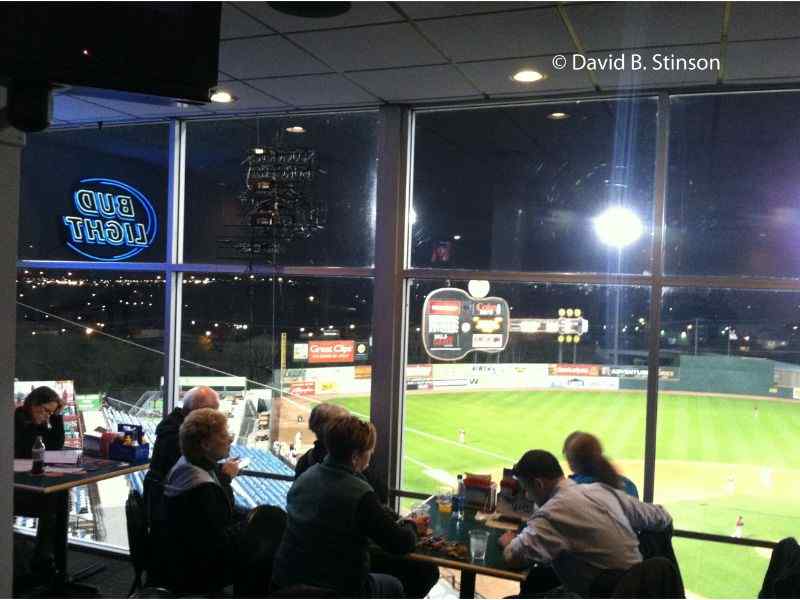
Above the press box, atop Greer Stadium, is the Slugger’s Sports Bar and Grill, which provides a fine view of the field and a place to come in from the cold when the game time temperatures dips into the 30’s in mid April.
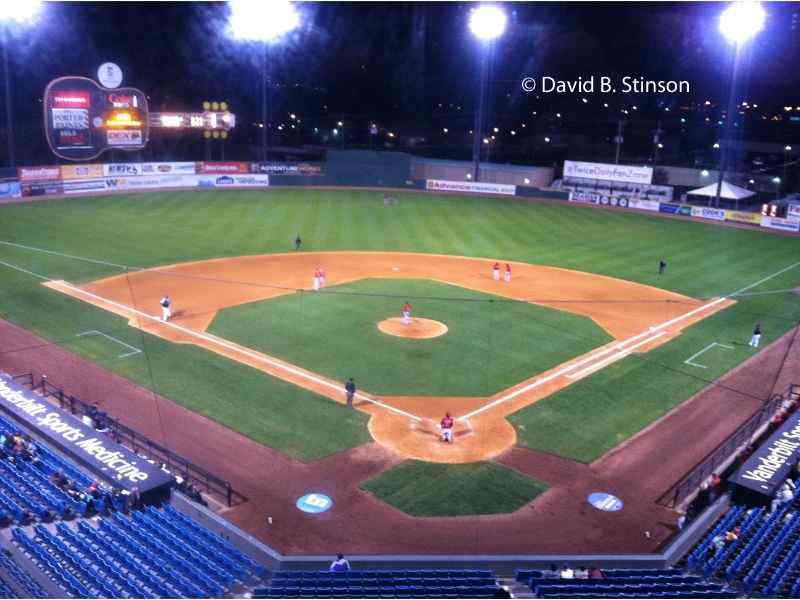
Greer Stadium is nothing if not quirky and, unfortunately, a dying breed in the annals of minor league ballparks.
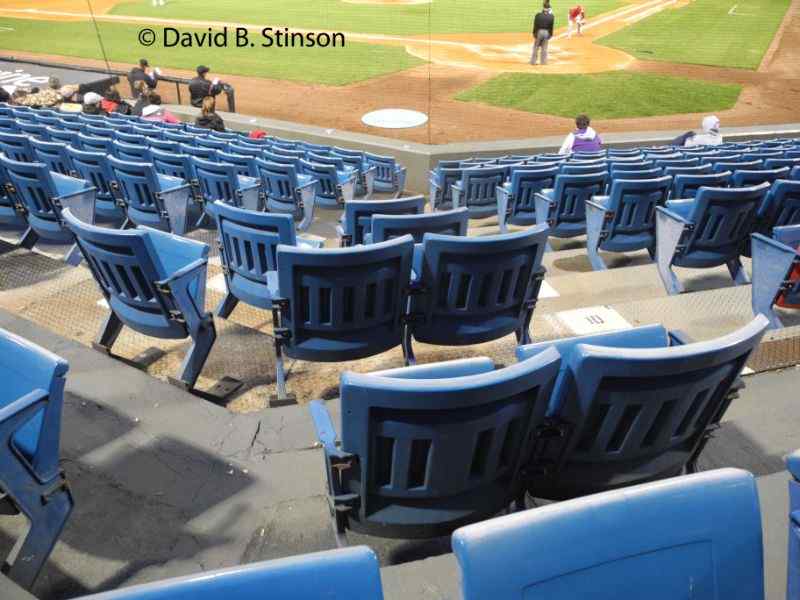
The seating seems to have been designed and accounted for only after the dimensions of the stadium structure were put into place.
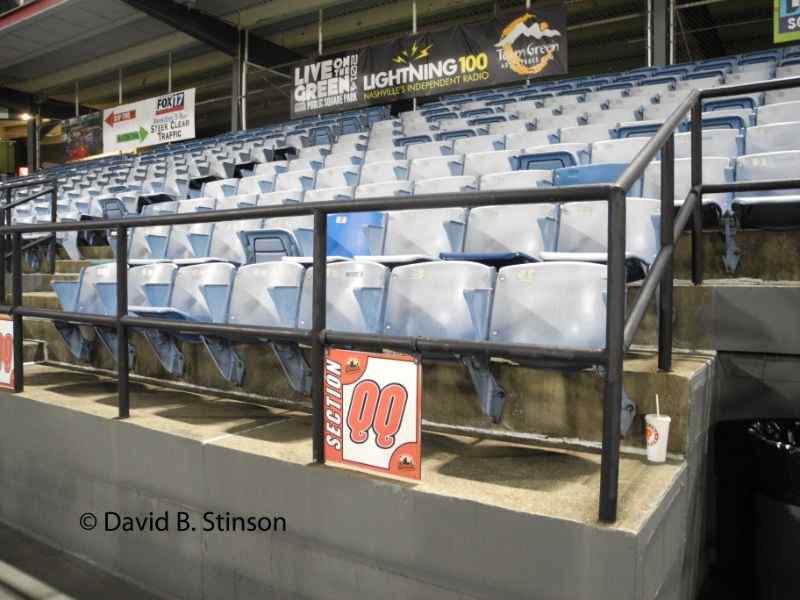
Additions to the ballpark over the years only added to Greer’s stadium’s funky layout.
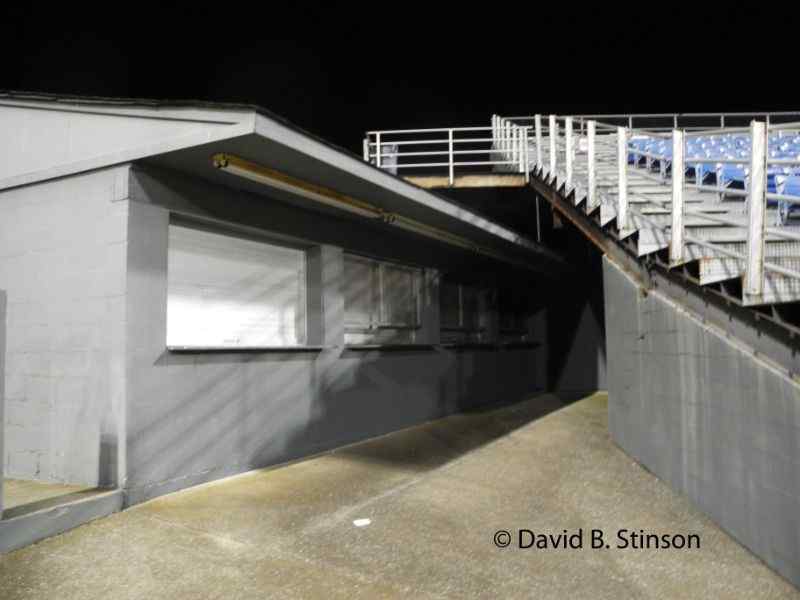
But the quirks of Greer Stadium are part of what makes it still a charming place to watch baseball.
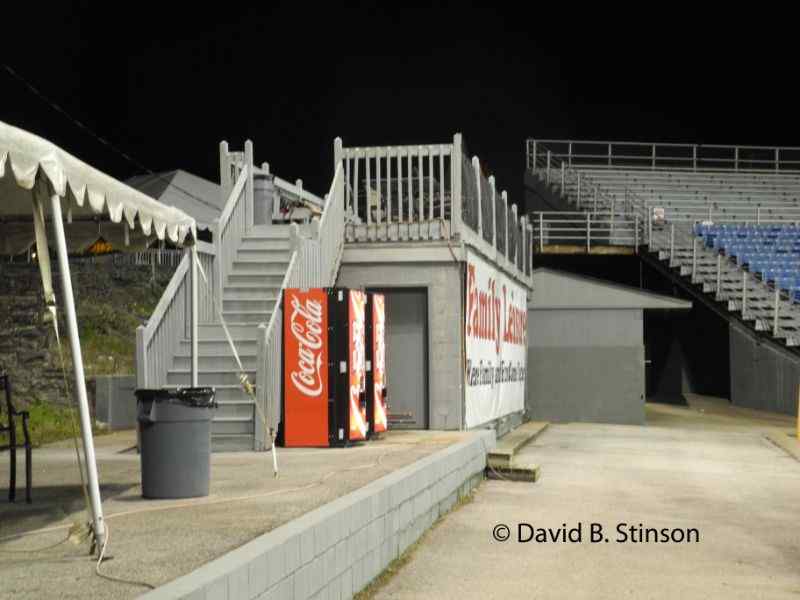
For the past several seasons, the Sounds have been lobbying for a new ballpark.
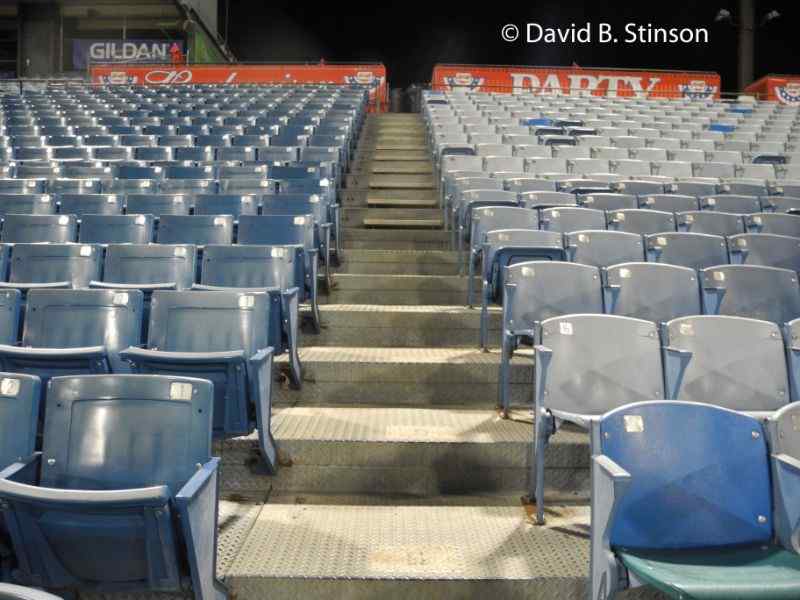
As the debate over if, where, and when to build a new ballpark continued, the condition of Greer Stadium suffered, with little interest from the city in spending money on significant upkeep or improvements.
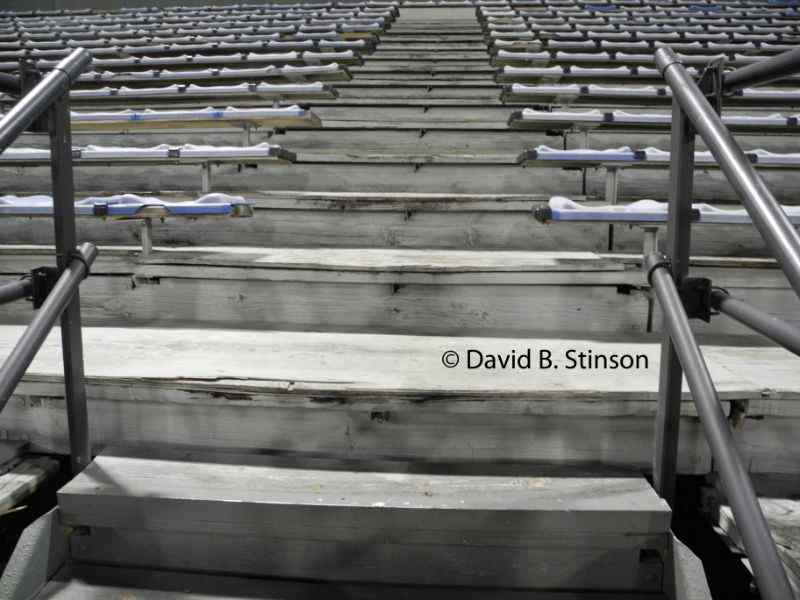
Greer Stadium’s days are now numbered. A new home for the Nashville Sounds is being built three miles north of Greer Stadium, less than a mile north of downtown Nashville.
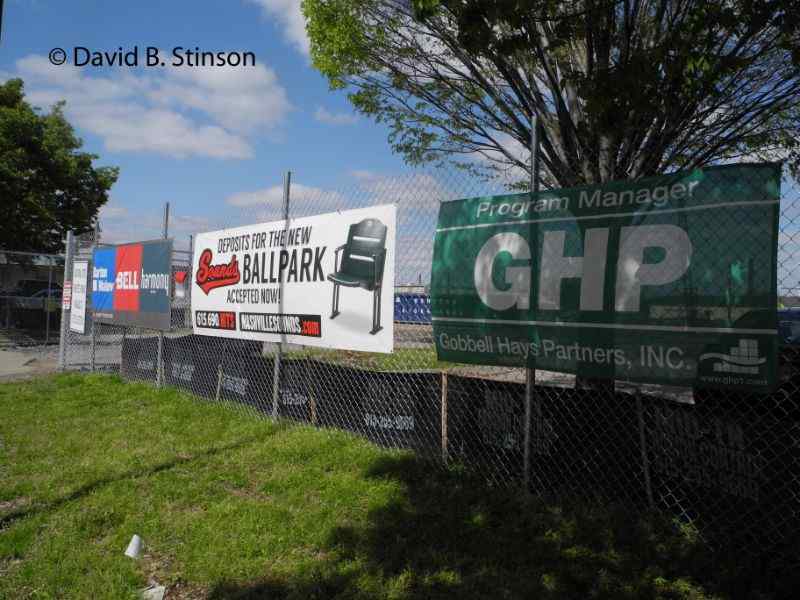
Alas, 2014 will be the last season as First Tennessee Park is scheduled on Jackson Street, between Fourth and Fifth avenues, is scheduled to open time for the 2015 season.
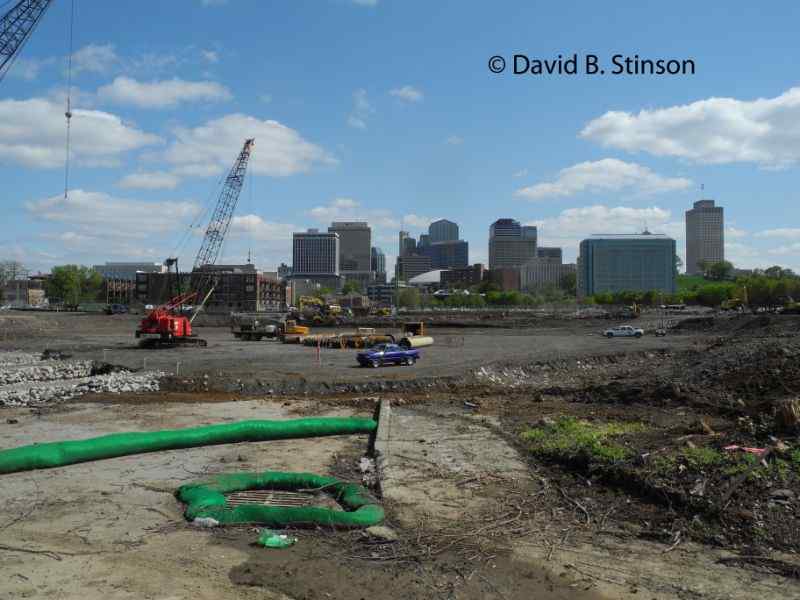
Home Plate will sit just South of Jackson Street, with the ballpark facing towards downtown Nashville.
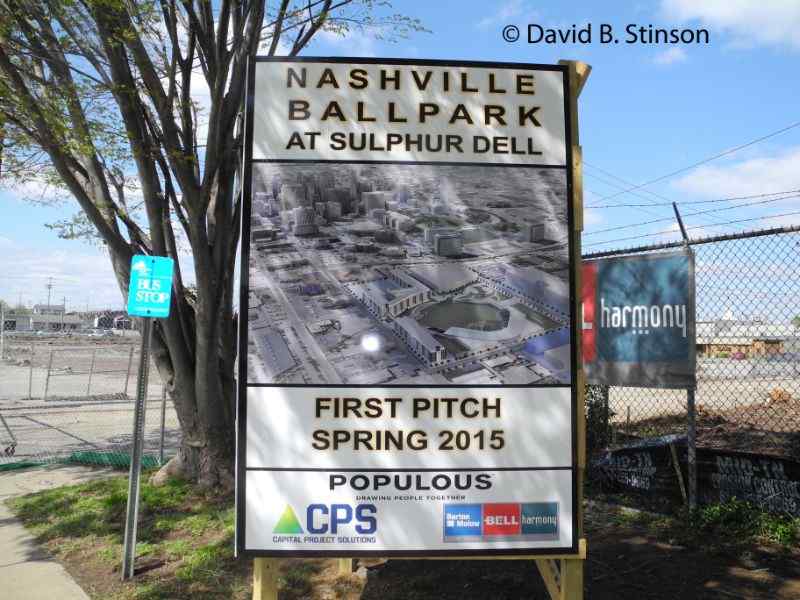
A portion of the land where the new ballpark is under construction was once the former site of Sulphur Dell, where baseball was played in Nashville from 1870 until 1963. From 1901 to 1963, Sulphur Dell was the home of the Nashville Vols and famous Vols players such as the eccentric .
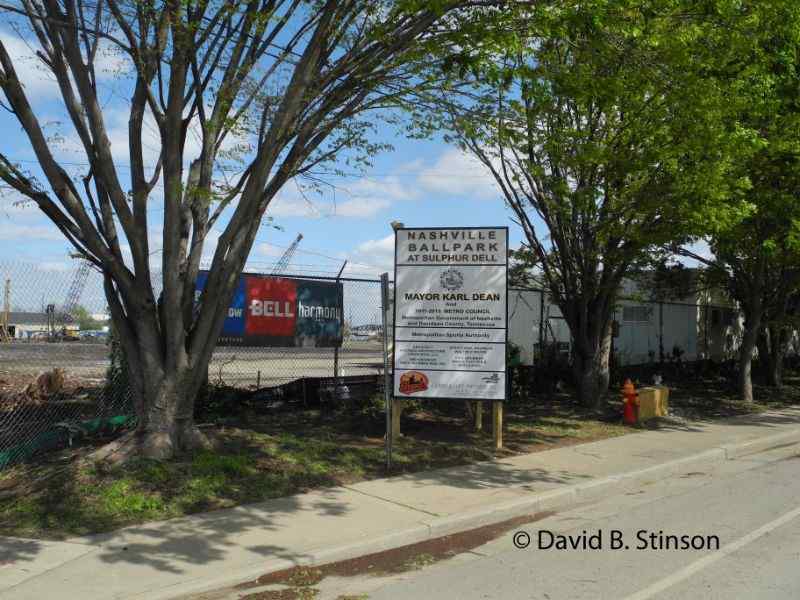
Although the city of Nashville is still considering its options for repurposing the land upon which Greer Stadium sits, one thing does seem certain – that the ballpark itself will not remain and in the near future will become just another lost ballpark. When the 2014 season ends, baseball will have been played at Greer Stadium a total of 37 years, one year less than the number seasons that the American League Baltimore Orioles called Memorial Stadium home. Hopefully the City of Nashville will find some way to commemorate the former ballpark site. Perhaps the city should leave intact the guitar-shaped scoreboard since it seems there is little interest in moving the iconic structure to First Tennessee Park. The scoreboard is a part of Nashville history and would provide an excellent marker and reminder for where professional baseball was once played in the city.
